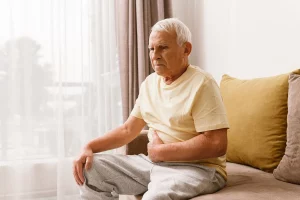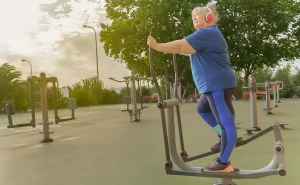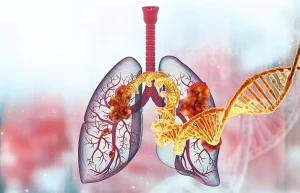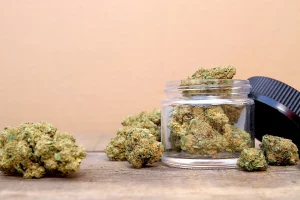Illegal opioid sales on the internet have surged in the wake of U.S. government crackdowns on prescriptions for the highly addictive painkillers, a new study shows.
In 2014, the U.S. Drug Enforcement Administration reclassified the opioid hydrocodone (Vicodin). The change made the drug harder to prescribe and banned automatic refills.
Not surprisingly, the number of such prescriptions plunged by 26 percent between mid-2013 and mid-2015.
Yet a team of international investigators also found that since the new regulation took effect, more people have turned to purchasing opioids online without a prescription, using software-encrypted online portals that permit illegal sales and elude regulators.
Exhibit A: Since 2014, dark web opioid sales have increased their share of all online drug sales by an estimated 4 percent per year.
“This [DEA] action did have the hoped-for effect of reducing the number of prescriptions issued for these products,” said study author Judith Aldridge, a professor of criminology at the University of Manchester in England.
“[But] our team found that sales on the so-called ‘dark net’ of opioid prescription medications increased following the DEA’s initiative,” Aldridge added. “And this increase was not just observed for medications containing hydrocodone. We also saw increased dark-net sales for products containing much stronger opioids, like oxycodone [OxyContin] and fentanyl.
“Our study cannot definitively rule out that something else caused these rises in illicit sales of prescription opioid medications,” Aldridge acknowledged. “However, the fact that the rises happened only after the DEA scheduling change — and happened only for dark-net sales in the U.S.A. and no other countries — is strongly suggestive.”
To get a handle on the dark web drug market, the study investigators used “web crawler” software to peek behind the curtain of 31 so-called “cryptomarkets” that were in operation both before and after implementation of the DEA regulation
The team found little, if any, change in the sales records of sedatives, steroids, stimulants or illegal opioids (meaning opioids never prescribed by doctors).
In contrast, sales of prescription opioids on the dark web had spiked as a percentage of overall drug sales by 2016, accounting for nearly 14 percent of all such sales.
In another twist, the investigators found that although prescription opioid sales were up as a whole, fewer dark web purchases were for oxycodone, and more were for the far stronger prescription opioid fentanyl.
In fact, while fentanyl had been the least most popular prescription opioid in terms of dark web sales back in 2014, by 2016 it had become the No. 2 seller.
That alone is concerning, the investigators said, given that fentanyl is now the No. 1 cause of opioid overdoses in the United States.
But the bigger concern, they noted, is that the more people turn to the dark web for illicit prescription opioids, the more difficult it becomes to monitor and treat opioid addiction.
The findings were published June 13 in the BMJ.
“Solutions here are not simple,” Aldridge said. “However, we know very well that our results were entirely predictable. Solutions must combine cutting supply and tackling demand at the same time. This requires making prevention and treatment grounded in good science available for all.”
That thought was seconded by Dr. Scott Hadland, an addiction expert with the Grayken Center for Addiction at Boston Medical Center, and author of an accompanying journal editorial.
“That dark web opioid sales rose afterwards is not surprising, given that amidst this policy change the demand for opioids was unchanged,” he said. “So, people began looking for opioids elsewhere, including online.
“The way to durably reduce demand for opioids is to ensure strong prevention, treatment and harm reduction throughout the country,” Hadland said. “Tightening access to prescription opioids like hydrocodone [common brands: Vicodin, Lorcet, Norco] will simply drive people who use opioids to look elsewhere for them if demand is not also reduced at the same time.”
More information
There’s more on the U.S. opioid overdose crisis at the U.S. National Institute on Drug Abuse.
Source: HealthDay
Copyright © 2025 HealthDay. All rights reserved.

















